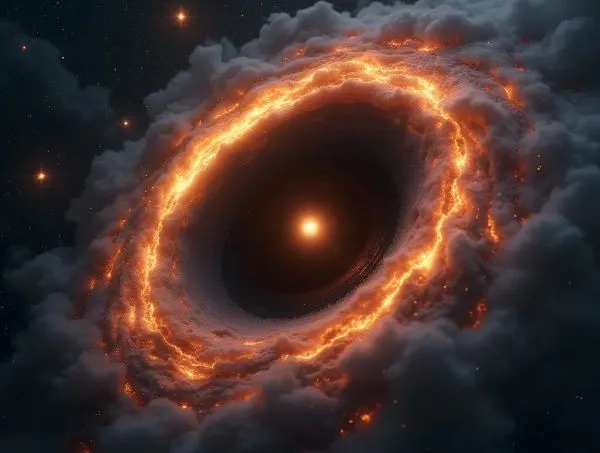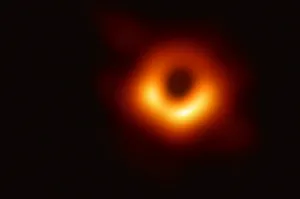
What is a Black Hole?
A black hole is a region in space where the gravitational pull is so strong that it warps the fabric of spacetime around it. This is caused by the collapse of a massive star, which creates an intense gravitational field that pulls everything towards its center. The point of no return, called the event horizon, marks the boundary beyond which anything that enters cannot escape.
Formation of Black Holes:
Black holes are formed when a massive star runs out of fuel and dies. The star collapses under its own gravity, causing a massive amount of matter to be compressed into an incredibly small space. This compression creates an intense gravitational field that warps spacetime around the star, forming a black hole.
Characteristics of Black Holes:
Black holes have several characteristics that make them fascinating objects of study:
Mass: Black holes are characterized by their mass, which determines the strength of their gravitational pull.
Spin: Black holes can rotate, and their spin can affect the way they distort spacetime around them.
Charge: Black holes can have an electric charge, which affects their behavior in the presence of other charged objects.
Types of Black Holes:
There are four types of black holes, each with different properties and origins:
Stellar Black Holes: Formed from the collapse of individual stars, these are the smallest and most common type of black hole.
Supermassive Black Holes: Found at the centers of galaxies, these are the largest type of black hole, with masses millions or even billions of times that of the sun.
Intermediate-Mass Black Holes: With masses that fall between those of stellar and supermassive black holes, these are thought to be formed by the merger of stellar black holes.
Primordial Black Holes: Hypothetical black holes that may have formed in the early universe before the first stars formed.
Latest Discoveries:
Recent discoveries have shed new light on the mysteries of black holes:
First Image of a Black Hole: In 2019, scientists captured the first-ever image of a black hole, located at the center of the galaxy Messier 87 (M87).
Gravitational Waves: The detection of gravitational waves by LIGO and VIRGO have provided new insights into the behavior of black holes and the universe.
